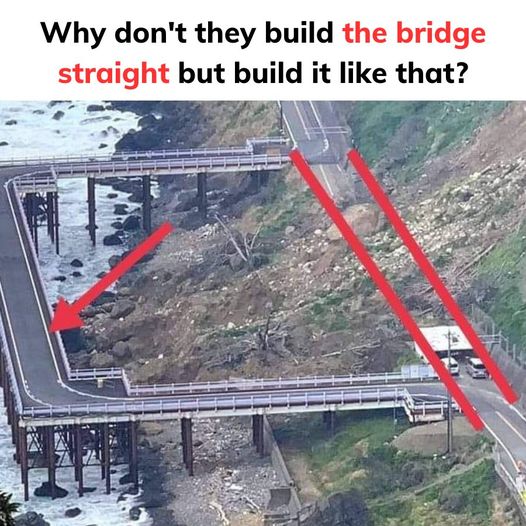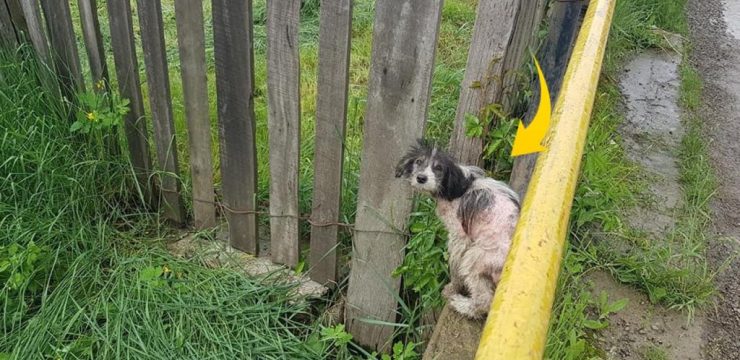Explanation: They did this for the purpose of protecting the this Road from landslides

Why Doesn’t This Road Run Straight?
Have you ever looked at a winding road and wondered, “Why doesn’t it just go straight?” Well, when it comes to road design, there’s often more going on than meets the eye. A straight path might seem like the most logical and efficient way to connect two points, but there are many reasons why engineers choose to design roads with curves, detours, or meandering routes.
One of the most important reasons for roads not being built in a straight line is safety. A completely straight road might allow for high speeds, which can be dangerous, especially on hilly or uneven terrain. Curves help slow down vehicles, forcing drivers to stay alert and maintain better control of their cars. Straight roads can tempt drivers to speed or become complacent, increasing the chances of accidents. In contrast, a winding road requires drivers to adjust their speed more frequently and pay closer attention, ultimately creating a safer driving environment.
Another critical reason involves the landscape itself. In areas prone to natural disasters, like landslides or floods, road engineers must take extra precautions to protect the infrastructure and the people who use it. In regions with unstable terrain, such as near mountains or steep hillsides, a straight road might be highly vulnerable to landslides. By designing the road to curve around these hazardous areas, engineers can reduce the risk of damage and maintain a safer passage for travelers.
For example, a bridge in a landslide-prone area might seem like it should be placed in a direct line from point A to point B. However, if engineers built it that way, it would be far more susceptible to the effects of a landslide, which could destroy the bridge or cause severe damage. By curving the road and avoiding high-risk zones, they can protect the structure and ensure that it remains functional for many years.
Environmental concerns also play a significant role in road design. Building a road straight through forests, wetlands, or other sensitive ecosystems can cause significant damage to the environment. Roads that follow a more curved or indirect path help minimize the impact on local wildlife and plant life. By skirting around critical habitats, engineers can preserve biodiversity while still allowing for necessary infrastructure development. These detours are often planned to avoid destroying animal habitats, cutting through forests, or altering the flow of rivers and streams.
Another factor to consider is the cost of construction. Building a straight road through difficult terrain, such as mountains or valleys, might require expensive tunneling, blasting, or bridges. In many cases, it’s more cost-effective to create a winding road that follows the natural contours of the land. This not only saves money but also reduces the environmental impact of construction. By working with the landscape rather than against it, road engineers can create routes that are both practical and sustainable.
Historical and cultural factors can also influence the design of a road. In some cases, a road might need to curve around a protected historical site or follow a path that has cultural significance to the local community. Straightening these roads could mean destroying landmarks or violating sacred spaces, which would be unacceptable to local residents and governments. In these situations, preserving history and culture takes precedence over the desire for a direct route.
In conclusion, while a straight road may seem like the easiest solution, there are numerous reasons why it’s not always the best option. From safety concerns to environmental preservation, cost efficiency, and cultural respect, road design is a complex process that requires careful consideration of many factors. The next time you find yourself driving on a winding road, remember that there’s a reason for those twists and turns—whether it’s to protect you, the environment, or the community.





